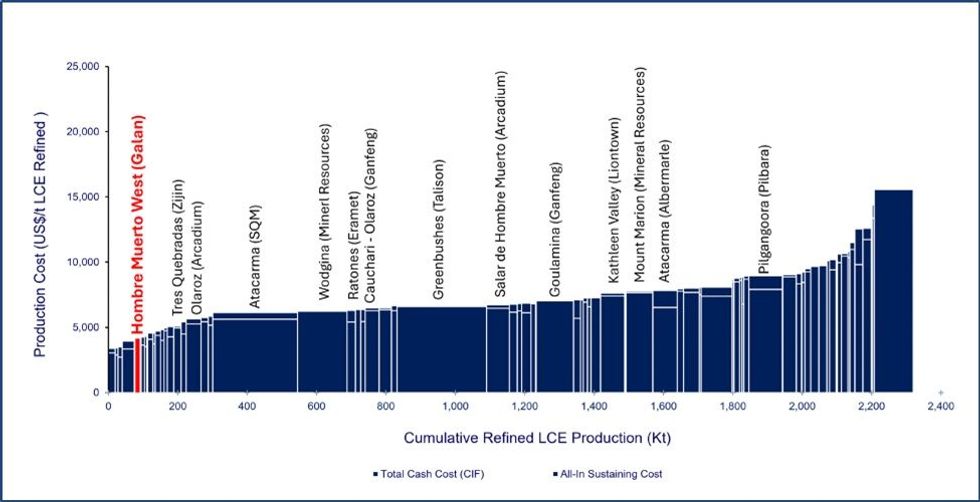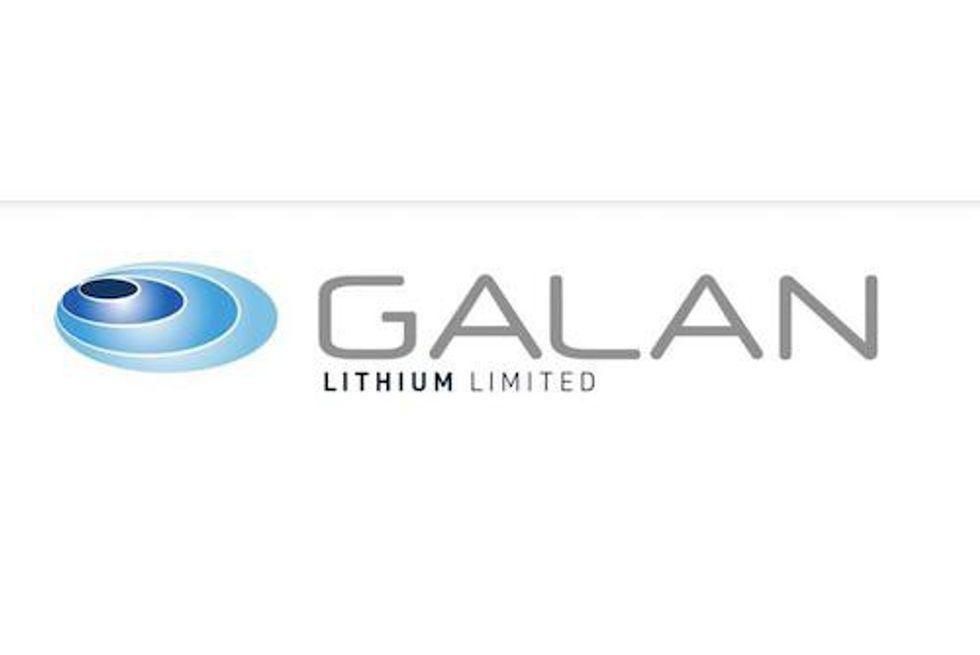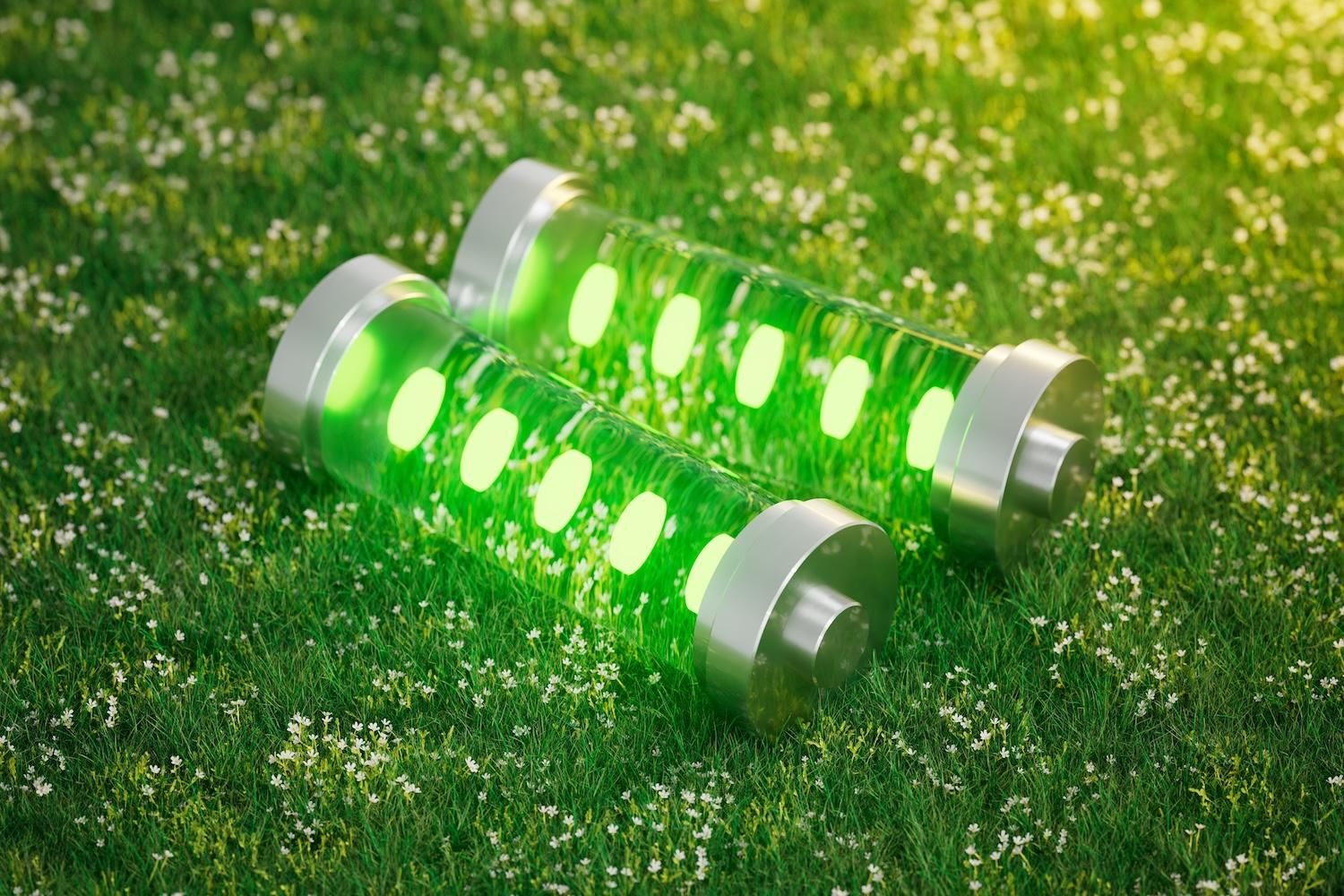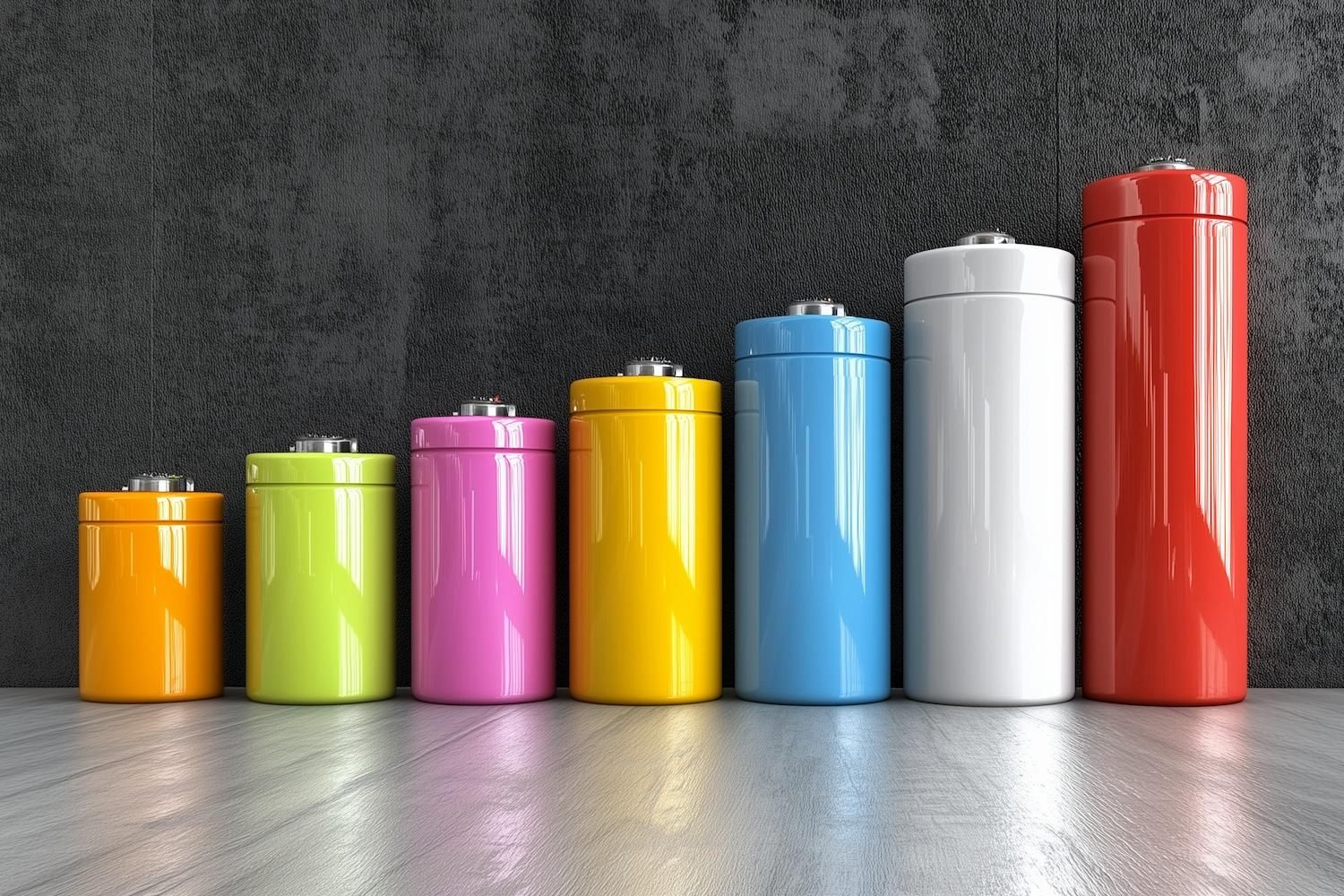
January 05, 2025
Galan Lithium Limited (ASX: GLN) (Galan or the Company) is pleased to announce that the Catamarca Ministro – Ministerio de Mineria (Mines Department Minister) has granted Galan the full Phase 2 mining permit for 21ktpa LCE production at its 100% owned HMW lithium brine project in Argentina. The grant of the permit means Galan has the ability to expand production up to 21ktpa LCE, subject to securing project finance and following the delivery of Phase 1 (up to 5.4ktpa LCE).
Highlights
- Phase 2 Hombre Muerto West (HMW) mining permit has been granted, securing the pathway for Galan’s continued development at HMW at an efficient commercial scale up to 21,000 tpa LCE
- The granted permit includes all construction activities including ponds, plant, onsite laboratory, power and other required infrastructure
- HMW Phase 2 production would be cash flow positive at today’s lithium carbonate prices. Independent benchmarking highlights HMW as being within the first quartile of the lithium industry AISC cost curve
- The granting of Phase 2 permits supports Galan’s application for the RIGI, Argentina’s new incentive regime for large scale investments
Galan’s Managing Director, Juan Pablo (JP) Vargas de la Vega, commented:
“We are delighted with the grant of the Phase 2 mining permit which continues to solidify our strong relationship with the local Catamarcan authorities. It will allow Galan to increase production over threefold from Phase 1 and produce a premium quality lithium chloride product, which is in high demand.
Importantly, HMW is positioned in the first quartile of the cost curve and Phase 2 production would be cash flow positive even at today’s prevailing lithium carbonate prices. HMW is now poised to be a long term and resilient globally significant source of lithium supply.”

Wood Mackenzie’s emissions benchmarking service has also placed HMW within the first quartile of the industry greenhouse gas emissions curve. Strong environmental, social and governance principles have been a governing tenet of the development strategy for HMW, which focuses on the production of a lithium chloride concentrate from conventional evaporation allowing for significantly reduced energy and water consumption. In line with Galan’s commitment to social principles, at least 70% local content in employment and contracting opportunities has been targeted at HMW and remains a keen focus for the Government of Catamarca and Galan. Skills and training opportunities have been provided to increase local participation, with a view to creating a skilled local workforce and supply chain for sustainable long-term operations.
Galan has demonstrated considerable progress on the HMW project, including:
- 2019: Discovery well drilled, marking the inception of the HMW project.
- 2020-2024: Mineral Resource established and expanded, now ranked as a global Top 20 lithium resource.
- 2023: Completion of Phase 1 and Phase 2 Definitive Feasibility Studies (DFS), validating the project's technical and economic viability (https://wcsecure.weblink.com.au/pdf/GLN/02720109.pdf).
- 2023: Secured all required approvals for Phase 1 construction and commenced construction.
- 2024: Continued construction and built a lithium inventory in the ponds of over 6,000 tonnes LCE.
- 2025: Full mining permit for Phase 2 granted, securing the pathway for continued development.
Chairman of Galan, Richard Homsany, commented:
“The grant of the Phase 2 mining permit is testament to the hard work and commitment of our dedicated team, and also highlights the strong long-term relationships we have fostered with the Government of Catamarca and local communities, who we sincerely thank for their continued ongoing support. Through action we have demonstrated the benefits of our HMW operations: economically though the generation of employment, procurement and trade opportunities and socially through education, community programs and training opportunities. We look forward to continuing to work in co-operation with the Government of Catamarca and all stakeholders to maximise the benefits of Galan’s operations in the community, and ensure they are sustainable.”
The HMW project is separated into four production phases. The Phase 1 DFS is based on the production of 5.4ktpa LCE of lithium chloride concentrate, with production anticipated in the second half of 2025.
The Phase 2 DFS, announced on 3 October 2023, targets medium-term production of 21ktpa LCE of lithium chloride concentrate. Arcadium Lithium Plc, which is subject to a change of control transaction from Rio Tinto Limited, produced around 20ktpa LCE from the adjacent mining permit at Salar de Hombre Muerto in 2023.
Phase 3 at HMW aims to achieve 40ktpa LCE within a 2-5 year horizon whilst Phase 4 represents a longer-term target of 60ktpa LCE, leveraging lithium brine sourced from both HMW and Galan’s other 100%-owned project in Argentina, Candelas.
The phased development of the HMW and Candelas Mineral Resources mitigates funding and execution risk and allows for continuous process improvement. The production of lithium chloride as a product is in demand from lithium converters as battery chemistry is trending towards lithium iron phosphate technology. Galan received permission to sell lithium chloride from the Catamarca Government earlier in 2024.
The Phase 2 mining permit also supports Galan’s application for the Argentinian Régimen de Incentivo para Grandes Inversiones (RIGI). Subject to meeting the eligibility criteria for RIGI, the RIGI can provide the following key incentives:
- The corporate income tax rate is set at 25% (ordinarily 35%)
- Accelerated depreciation
- Absence of time limits in the computation of tax loss carry forwards
- Concessions on import duty, VAT and withholding tax
- Greater flexibility on foreign exchange movements
- Fiscal stability for a period of 30 years
Galan’s JP Vargas de la Vega further stated:
“Our plan for HMW is unchanged, beginning with Phase 1. Our immediate focus is finalising the financing and offtake arrangements for Phase 1. Once secured, our operations team will complete construction and commence first production of lithium chloride concentrate. While the operations team advances Phase 1 construction our corporate team, supported by advisors, will commence a project financing process for Phase 2.”
Click here for the full ASX Release
This article includes content from Galan Lithium, licensed for the purpose of publishing on Investing News Australia. This article does not constitute financial product advice. It is your responsibility to perform proper due diligence before acting upon any information provided here. Please refer to our full disclaimer here.
GLN:AU
The Conversation (0)
20 April
Galan Lithium
Developing high-grade lithium brine projects in Argentina
Developing high-grade lithium brine projects in Argentina Keep Reading...
25 August
Galan Lithium Limited: SUCCESSFUL DUE DILIGENCE COMPLETED - $20M PLACEMENT TO PROCEED
Highlights: All conditions in relation to the $20 million placement to Clean Elements Fund have been satisfied. Due diligence undertaken by Clean Elements Fund validates the standing of Hombre Muerto West ( HMW ) as a world class lithium project, offering exceptional scale and grade. Galan is... Keep Reading...
24 August
Successful Due Diligence Ends - $20M Placement To Proceed
Galan Lithium (GLN:AU) has announced Successful Due Diligence Ends - $20m Placement To ProceedDownload the PDF here. Keep Reading...
01 August
Final At-The-Market Raise for 2025
Galan Lithium (GLN:AU) has announced Final At-The-Market Raise for 2025Download the PDF here. Keep Reading...
30 July
Quarterly Activities and Cash Flow Report
Galan Lithium (GLN:AU) has announced Quarterly Activities and Cash Flow ReportDownload the PDF here. Keep Reading...
28 July
Galan Lithium Limited: Incentive Regime for HMW Project in Argentina
Galan Lithium Limited (ASX: GLN,OTC:GLNLF) (" Galan " or " the Company ") is pleased to advise that the Comite Evaluador de Proyectos RIGI, responsible for awarding the Argentine Government's Régimen de Incentivo para Grandes Inversiones (the incentive regime for large-scale investments referred... Keep Reading...
05 December
Livium Receives A$663k in RsD Tax Incentive Rebates for VSPC
Livium Ltd (ASX: LIT) (“Livium” or the “Company”) advises that it has received A$663,000 in research and development ("R&D") tax incentive rebates from the Australian Tax Office for the 2025 financial year ("FY25"), relating to its wholly owned subsidiary VSPC Pty Limited ("VSPC"). The rebate... Keep Reading...
01 December
Why SQM Says Social Dialogue is Key to Sustainable Lithium
As scrutiny continues to intensify across the battery metals supply chain, the conversation around sustainability has moved far beyond carbon footprints. At this year’s Benchmark Week, Stefan Debruyne, director of external affairs at Sociedad Quimica y Minera de Chile (SQM) (NYSE:SQM), made that... Keep Reading...
27 November
Battery Storage Market Surging as Electricity Demand Enters New Era
Speaking at Benchmark Week, Iola Hughes, head of battery research at Benchmark Mineral Intelligence, outlined a market that is undergoing “very strong growth" and becoming indispensable to energy security.Hughes described energy storage as the fastest-growing segment in the battery sector today.... Keep Reading...
27 November
Inside Billionaire Gina Rinehart's Key Mining Investments
Australian billionaire Gina Rinehart has become a formidable force in the global mining industry. After taking the helm of her father’s iron ore firm Hancock Prospecting in 1993, she embarked upon a diversification strategy that has vastly expanded her resource empire. Now Australia’s richest... Keep Reading...
26 November
Long State Funding Update
Atlantic Lithium (A11:AU) has announced Long State Funding UpdateDownload the PDF here. Keep Reading...
24 November
CATL Reportedly Plans to Restart Key Chinese Lithium Mine by December
Contemporary Amperex Technology (SZSE:300750,OTC Pink:CTATF) is preparing to restart its Jianxiawo lithium mine in Jiangxi province as soon as early December, sources familiar with the matter told Bloomberg.The sources, who declined to be named, said the company, better known as CATL, has asked... Keep Reading...
Latest News
Latest Press Releases
Related News
TOP STOCKS
American Battery4.030.24
Aion Therapeutic0.10-0.01
Cybin Corp2.140.00







